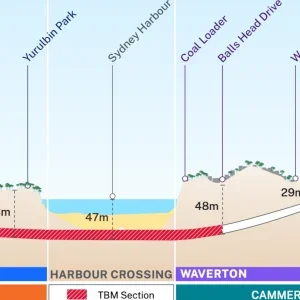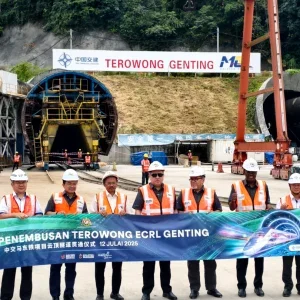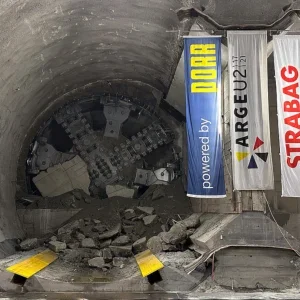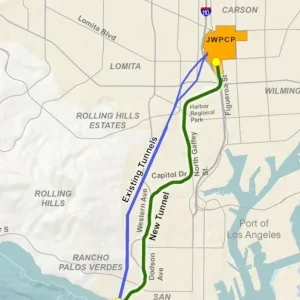On an inspection tour of construction sites in early-February, Turkmen President Gurbanguly Berdymukhamedov invited the Ukrainian construction company Interbudmontazh to consider building a metro in Ashgabat, according to Turkmen TV.
"The Ukrainians [Interbudmontazh] are building railway and highway bridges over the Amu Darya River in eastern Turkmenistan, and a drainage and cable tunnel in Ashgabat; they compete with Turkish and French companies for new contracts in Turkmenistan," Construction Ministry official Amanmurad Khajiyev told Central Asia Online, predicting that the Ukrainians "would likely jump at the chance" to bid for building the subway.
Gas-exporting Turkmenistan’s ability to pay for massive projects makes it a desirable client for foreign contractors, Khajiyev said.
A mini-poll conducted by Central Asia Online among Ashgabat residents and specialists of various branches led to mixed answers about the feasibility of a subway.
Youth, encouraged by local media reports about the country’s successes, embraced the idea.
Ashgabat’s population growth and boundary expansion make a subway a must, Magtymguly Turkmen State University undergraduate Ailar Mammetgeldiyeva said.
"The surface transport fleet is constantly growing… but a bus ride cross-town can still take an hour and a half," she said. "Taking a metro would save time, I think."
But other Ashgabat residents were not enamoured of the plan.
Building a metro would be "absurd" and "economically unjustified," Keshi (weather network) retiree Begench Tangrygulyyev said.
"During the Soviet era… only cities with at least 1 million people had metros," he said. "Ashgabat has a much smaller population [about 637,000 in 2009, according to international estimates], so it might find itself ‘knee-deep in harm and only ankle-deep in good,’ as our ancestors used to say."
Tangrygulyyev called for more investment in surface transport, including monorails.
Seismic concerns also make people wonder how feasible a metro would be. Khalykberdi Ezizov, a Construction Ministry specialist on construction of quake-proofed buildings, cited the deadly 1948 earthquake that flattened much of Ashgabat and warned against building a subway.
"Ashgabat is in a seismically dangerous zone, where building structures over two or three storeys are risky, let alone an underground railway," he said; though he didn’t rule out building a subway if the project fully met safety and seismic requirements.
"Given the high level of ground water and the seismic risks [in Ashgabat], only companies with an impeccable reputation and extensive experience … can be trusted with [such a project]," Ezizov said, calling on the government to conduct a transparent and global bidding process.







